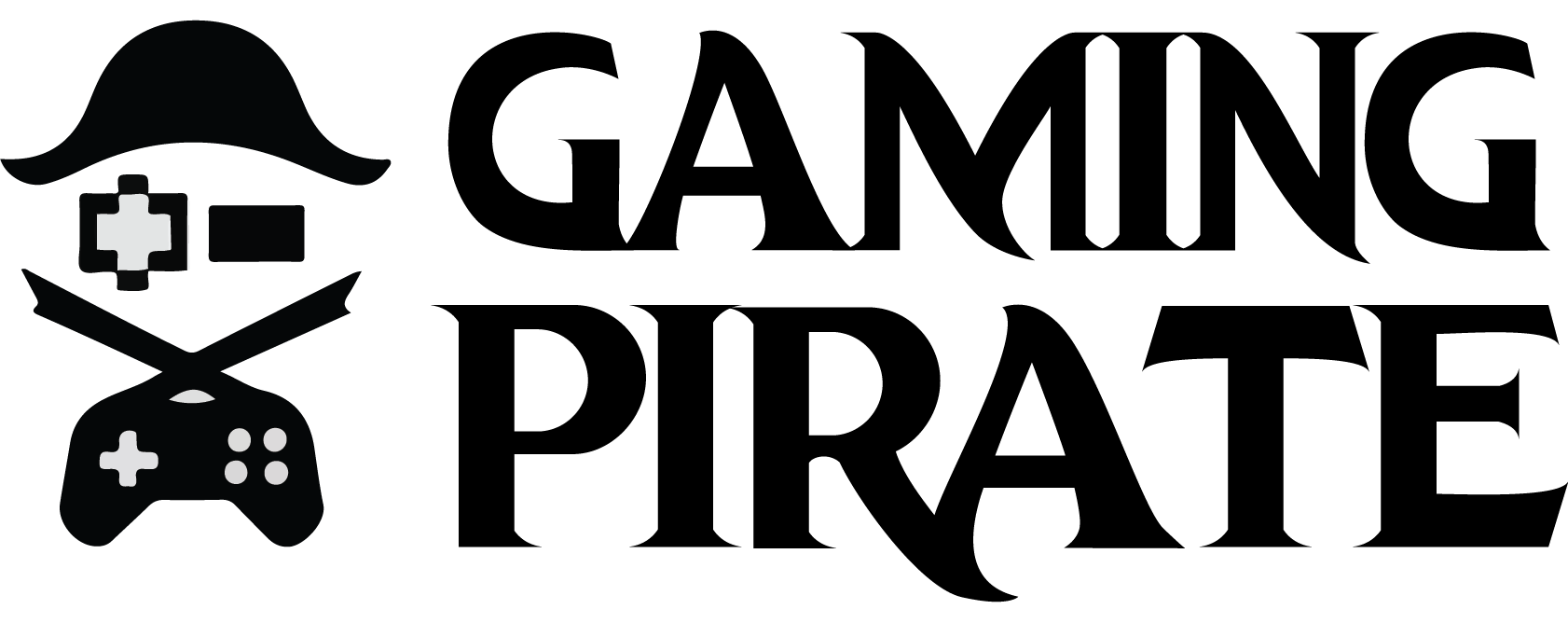Live poker and online poker share the same rules, yet players who excel at one format often struggle with the other. The differences run deeper than convenience or comfort. Each format demands distinct skills, creates unique psychological pressures, and rewards different strategic approaches.
The Speed Factor Changes Everything
Online poker moves at triple the pace of live games. A typical live table deals 30 hands per hour, while online players see 90 hands at a single table. Multi-tabling pushes this to 400 or 500 hands hourly. This acceleration affects decision-making in fundamental ways.
Live players have minutes to contemplate each decision. They process information slowly, considering multiple angles before acting. Online players make split-second choices based on pattern recognition and mathematical probabilities. The rapid pace online eliminates deliberation time, turning poker into a game of instant calculation rather than prolonged psychological warfare.
This speed difference shapes player development differently. Live players develop patience and emotional control through long sessions with fewer decisions. Online players build vast databases of hands quickly, accelerating their learning curve through sheer volume. A year of online play can equal five years of live poker in terms of hands seen.
Reading Opponents Without Physical Presence
Physical tells form the foundation of live poker strategy. Players watch for hand tremors, breathing changes, and posture adjustments that reveal card strength. Online platforms remove these visual cues entirely, forcing players to analyze betting speeds and pattern recognition instead.
Playing poker online requires tracking mouse movement delays and bet sizing tendencies across multiple tables. Some players excel at spotting timing tells in virtual rooms, while others struggle without facial expressions to read. Live games offer body language interpretation, but online formats provide statistical tracking tools that record every hand played over thousands of sessions.
Money Feels Different When It’s Numbers on a Screen
Cash games live involve physical chips that players touch, stack, and push forward. Online poker reduces money to pixels. This abstraction affects risk perception and decision-making profoundly. Players report making larger bets online than they would with physical chips because the money feels less real.
Live players count their chips constantly. They feel losses physically when dealers take chips away. Online bankrolls exist as account balances that fluctuate without tangible feedback. Some players find this liberating, while others lose track of their actual monetary position.
The minimum buy-ins differ substantially between formats, too. Live games typically require larger initial investments due to higher rake structures and social pressures. Online micro-stakes allow players to start with five or ten dollars, creating different player pools and skill distributions at comparable stake levels.

Social Dynamics Create Separate Games
Table talk defines live poker atmosphere. Players chat, joke, and attempt verbal manipulation. Friendships form and rivalries develop over repeated encounters. Online chat boxes exist, but rarely capture the same social complexity. Most online players disable chat entirely, focusing purely on mathematical optimization.
Live poker involves managing your table image actively. Players cultivate specific personas to manipulate opponents’ perceptions. They dress certain ways, order specific drinks, and control their visible emotional responses. Online avatars and screen names provide minimal personality projection, reducing image management to betting patterns alone.
The social pressure differs markedly between formats. Live players face public embarrassment when making poor plays. Their mistakes happen in front of watching eyes. Online players fail privately, protected by screen anonymity. This privacy encourages more experimental play online, but can also enable reckless gambling behavior.
Practical Barriers Shape Player Pools
Geographic location determines live poker access. Many regions lack cardrooms entirely, limiting players to home games or long travel distances. Online poker requires only internet access, though legal restrictions vary by jurisdiction. These accessibility differences create distinct player demographics.
Live poker demands schedule flexibility. Sessions last hours and require physical presence during specific operating hours. Online players log in for twenty-minute sessions between other activities. This flexibility attracts different personality types and skill levels to each format.
The rake structure varies considerably between live and online games. Live casinos charge higher rake percentages and often include additional fees for dealers and services. Online sites operate with lower overhead, taking smaller rake percentages. These economic differences affect game profitability and optimal strategy considerations.
Conclusion
Live and online poker function as parallel games sharing common rules but requiring different mastery paths. Players succeed in each format through developing specialized skills suited to that environment’s demands. Live poker rewards patient observation, social manipulation, and emotional control during extended sessions. Online poker favors rapid pattern recognition, multi-tasking ability, and statistical analysis across high hand volumes. Understanding these differences helps players choose their preferred format or adapt their strategies when switching between them. The games will continue diverging as technology advances and player preferences shape each format’s evolution.

